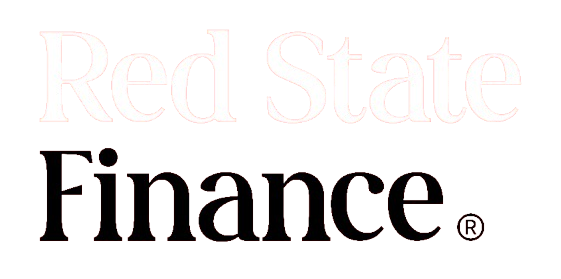The Complex Relationship Between Tariffs and Gold Prices
Understanding the Dynamics of Tariffs
When it comes to the world of commodities, few topics spark as much debate as tariffs. These trade barriers can have a significant impact on various markets, but their influence on gold prices is often misunderstood. While many investors might assume that tariffs lead to a surge in gold prices due to increased uncertainty, the reality is more nuanced.
The Economic Landscape: A Closer Look at Tariffs
Tariffs are essentially taxes imposed by governments on imported goods. They are designed to protect domestic industries from foreign competition but can also lead to retaliatory measures from other countries. This tit-for-tat approach can create volatility in global markets, which some investors interpret as a signal to flock toward safe-haven assets like gold.
However, recent trends suggest that this isn’t always the case. For instance, during periods of heightened trade tensions—such as those seen between the U.S. and China—gold did not consistently rise in value. Instead, it often fluctuated based on broader economic indicators and investor sentiment rather than solely reacting to tariff announcements.
Investor Sentiment: The Driving Force Behind Gold Prices
One key factor influencing gold prices is investor sentiment rather than just economic policies like tariffs. When uncertainty looms over financial markets—be it due to geopolitical tensions or economic downturns—investors typically seek refuge in gold because of its historical status as a safe haven.
For example, during the early stages of the COVID-19 pandemic in 2020, we witnessed an unprecedented spike in gold prices as investors scrambled for security amidst market chaos. In contrast, when clarity returns or when central banks implement measures such as interest rate cuts or quantitative easing—which tend to boost stock market confidence—gold may lose its luster temporarily.
Current Trends: What’s Happening Now?
As 2025 rolls on, it’s essential for investors and analysts alike to keep an eye on current statistics regarding both tariffs and gold pricing trends:
- Gold Price Fluctuations: Since late 2024, gold has been hovering around $2,600 – $2,900 per ounce—a level that reflects ongoing concerns about inflation but also hints at stabilizing economies.
- Tariff Impacts: Recent data shows that while certain sectors have been affected by tariffs (like agriculture), others have remained resilient enough not to trigger widespread panic among investors looking for safety nets like precious metals.
This juxtaposition illustrates how complex these relationships can be; while one might expect rising tariffs would automatically drive up demand for gold due purely to fear-based buying behavior—that’s not always what happens.
Global Events Shaping Market Reactions
Another layer worth considering is how global events shape market reactions beyond just tariff implications:
Geopolitical Tensions: Ongoing conflicts or diplomatic strains can push traders towards safer investments.
Economic Indicators: Reports such as unemployment rates or GDP growth figures play crucial roles too; strong job numbers could diminish fears about recession risks—even if trade wars persist.
Central Bank Policies: Decisions made by institutions like the Federal Reserve regarding interest rates directly affect currency strength—and consequently influence where capital flows (including into commodities).
In essence—the interplay between these factors creates a dynamic environment where predicting movements based solely on tariff news becomes increasingly challenging.
Conclusion: Navigating Uncertainty with Insight
So what does all this mean for potential investors? It’s clear that while tariffs do contribute significantly towards shaping market landscapes—they aren’t necessarily bullish indicators for precious metals like gold alone.
Instead of relying solely on headlines about trade disputes or tax changes affecting imports/exports—it’s vital for stakeholders within this space (whether they’re seasoned traders or newcomers)to adopt a holistic view encompassing multiple variables influencing price dynamics today!
By staying informed about broader economic conditions alongside specific policy changes—you’ll be better equipped not only navigate uncertainties ahead—but potentially capitalize upon them too!







